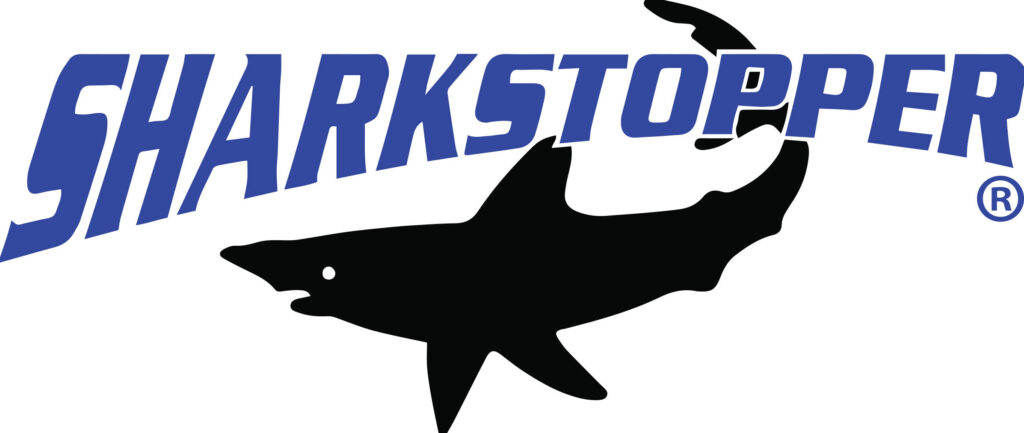
SharkStopper® - The World's First
and Only Acoustic Shark Repellent
SharkStopper® - The World's First and Only Acoustic Shark Repellent

News & Public Relations Articles

We received a positive report on our acoustic technology from SATOP
Posted By Sharkstopper
February 29, 2016
The Space Alliance Technology Outreach Program (SATOP) is a division of NASA that issues grants to companies that meet certain criteria. SharkStopper was selected for a grant to study the underwater acoustics technology that SharkStopper deploys.
SharkStopper was assigned SATOP’s Dr. Razvan Rusovici, a graduate of Penn State and expert in acoustics. Dr. Rusovici studied SharkStopper’s acoustics for decibel output, distance and the feasibility for SharkStopper’s proposed use as a shark repellent.
In summary, SATOP provided a positive report for the SharkStopper technology and offered valuable recommendations that were utilized in the creation of SharkStopper’s shark repellent products. In their report, SATOP issued important data such as; distance of SharkStopper’s underwater acoustics, recommendations for decibel levels and speakers. SATOP also supplied insight on the proper placement of speakers in order to obtain maximum coverage.
Sharkstopper Repels Sharks with the Power of Predatory Sound
by Michael Franco @writermfranco
August 15, 2014
As is probably true for many geeks, shark repellent has always held a special place in my imagination ever since I saw Adam West’s Batman whip some out from his utility belt to get rid of a pesky great white in 1966’s “Batman: The Movie.”
Though nothing so far seems to be as effective as his handy-dandy spray, inventors have made some progress in coming up with ways to keep human beings from becoming shark snacks. For example, the company BoatsToGo.com created a rash guard that supposedly makes you look unappealing to the great beasts.
Taking a different approach, the SharkStopper tries to keep sharks away from your aquatic space by sending out sound waves that sharks supposedly don’t like. The device is worn around the ankle and triggers automatically when wet, which the makers say will help you in shallow water, warning that “Sharks can appear in less than 2 feet (less than a meter) of water!” SharkStopper just launched a campaign on Kickstarter to raise funds for production. A unit can be yours for $275, so for that kind of money, I’d think you’d have to be someone who spends a lot of time in the ocean — or who just likes to turn the heads of beachgoers who will likely think you’re a felon wearing a tracking bracelet around your leg.
“The sounds emitted by [the] SharkStopper emulate the sounds of killer whales in conjunction with our patented frequency overlay,” the makers say on their Kickstarter page. Because killer whales are not friendly to sharks, the noise is supposed to keep Jaws and company away.
The makers say that the device has been tested with the help of various shark experts in the Seattle Aquarium, in the waters off of Mexico, and of Hawaii (among other places) and found to be successful against a wide variety of sharks. Unlike other Kickstarter projects that often don’t have any third-party affiliation, the makers of SharkStopper say that they received a grant from NASA’s Space Alliance Technology Outreach Program which they used to study “the underwater acoustics technology that SharkStopper deploys.”
The SharkStopper is about the same weight as a cell phone and charges with a USB cable.
What’s unclear from the SharkStopper page is whether the noises the device produces can be heard by human ears, or if they’re emitted at such a frequency that only sharks can hear them. If it’s the former, it might be a little awkward to take a stroll on the beach with the thing strapped to your ankle as it’ll let loose a terrifying screech every time the surf laps at your shins. We’ve asked the developers about this and will update you once we know more.
One of the nicest things about the SharkStopper is that the developers seem to have a genuine interest in helping sharks, not just keeping them out of our swimming space. Their plan for doing this is twofold.
First, by keeping sharks away from humans in recreational areas, thereby reducing attacks, they believe the sound repellent will improve the reputations of the creatures and people will be less likely to want to harm them. Secondly, and more concretely, they are planning a “Phase II” release of the SharkStopper that will go on the lines of commercial fishermen. This is intended to not only keep the sharks from eating the catches, but to keep them from getting tangled in lines and nets, which should help reduce the real threat in our waters — humans who, the SharkStopper team says, kill up to 100 million sharks per year “in the name of fear, sport, and cuisine.”
